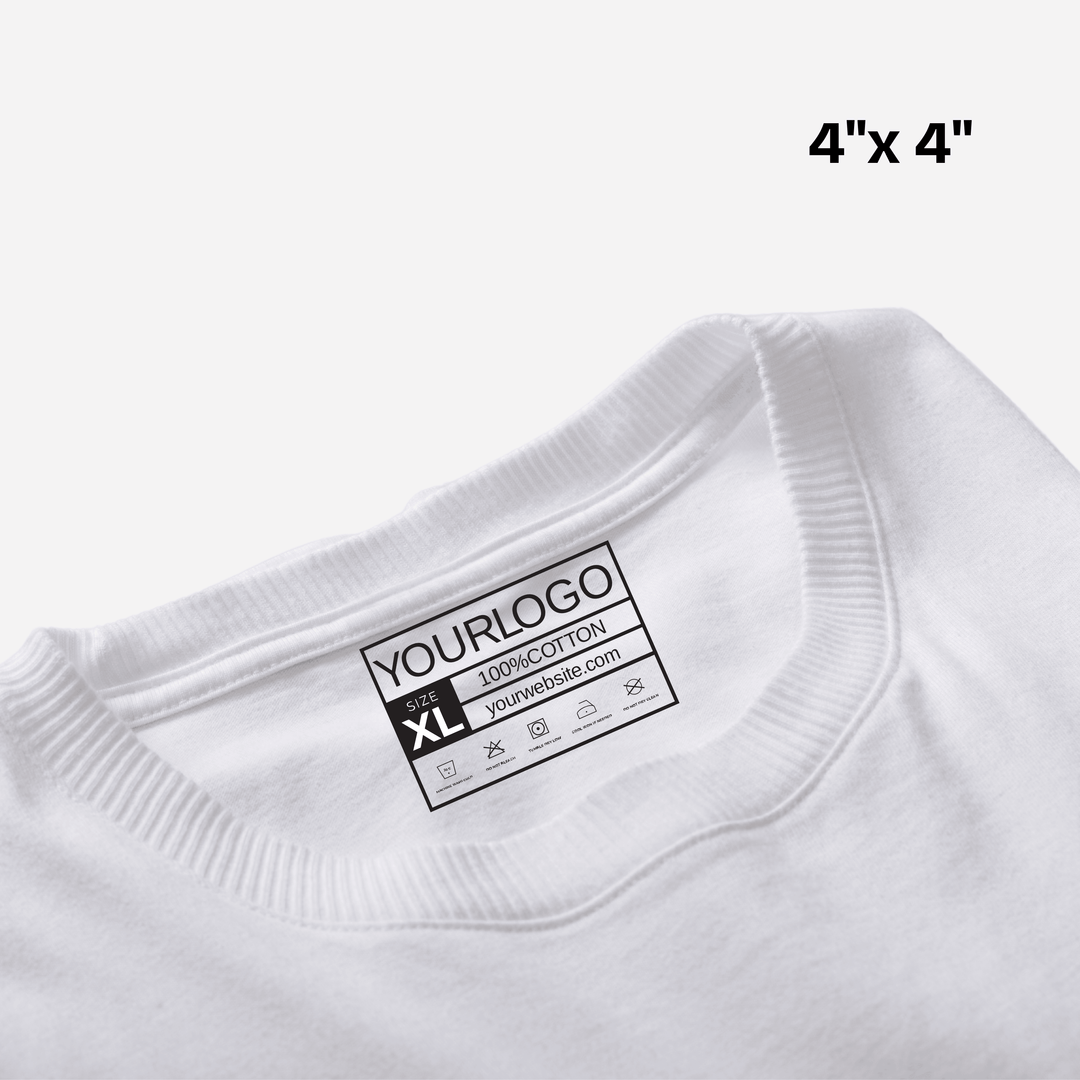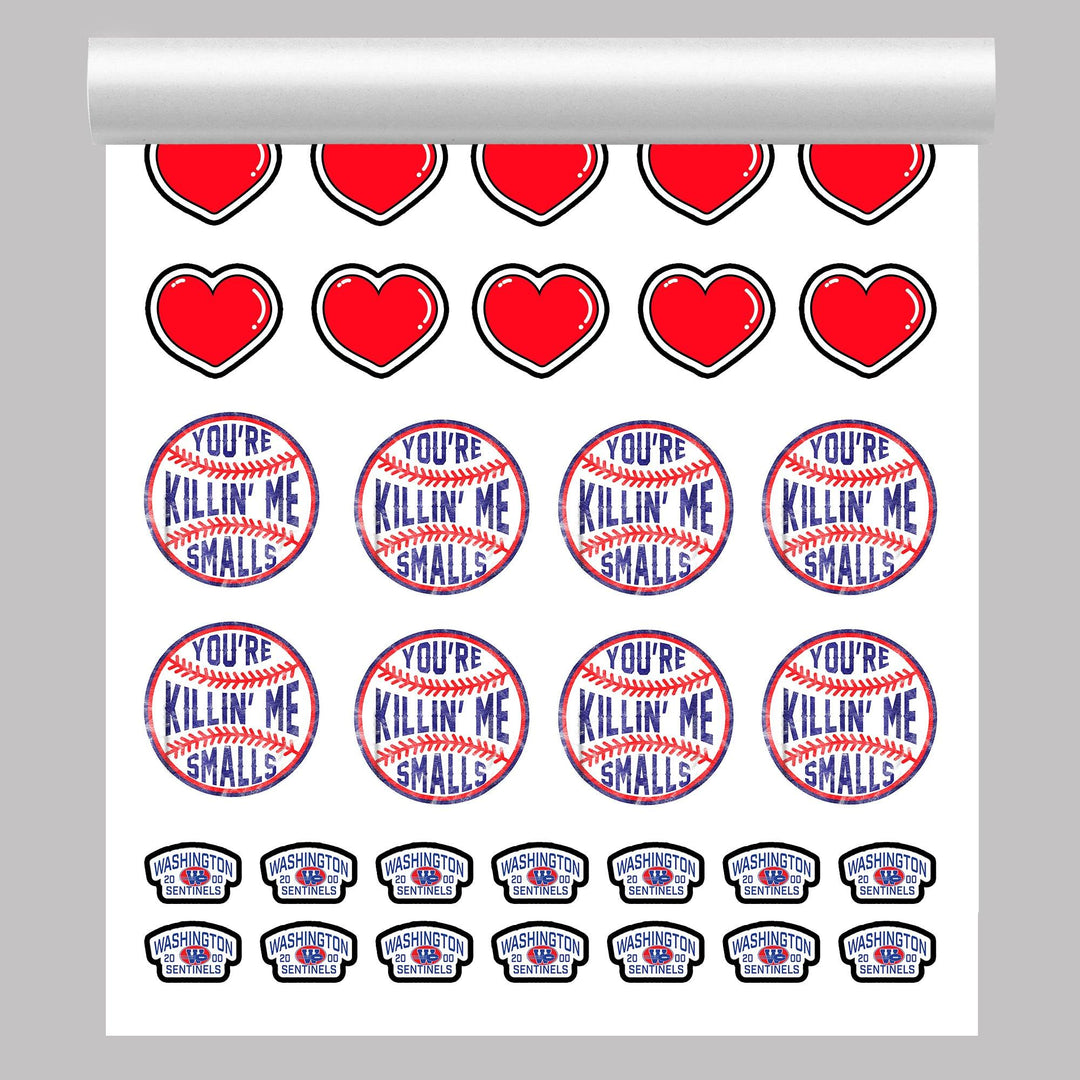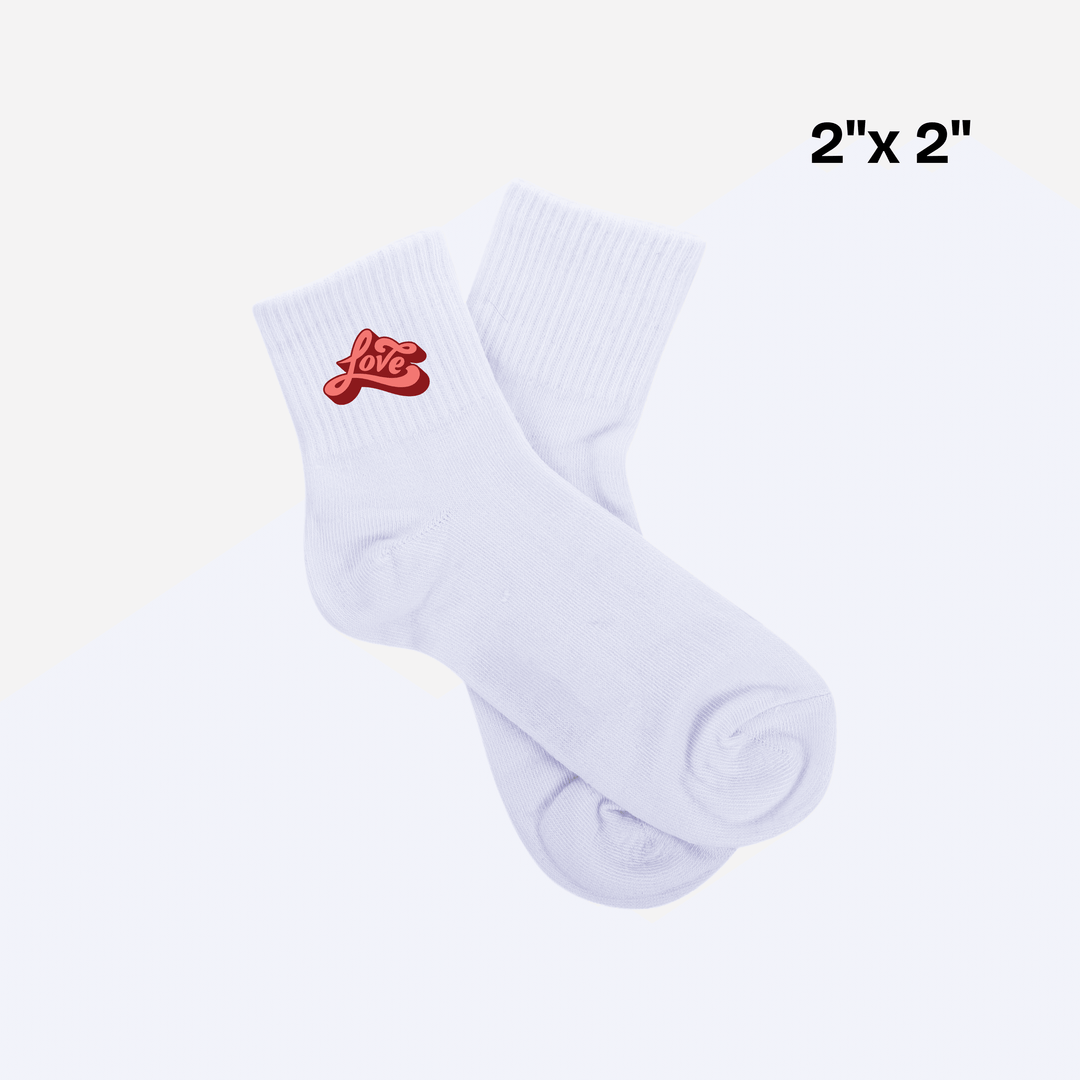Best DTF Transfers: Complete Guide for High-Quality Printing
Finding reliable DTF transfers is important for anyone involved in custom printing. Direct-to-Film printing has grown popular because it produces vibrant, durable, and versatile prints. Whether you run a small business, enjoy printing as a hobby, or operate professionally, using high-quality transfers ensures consistent results and satisfied customers.
What Are DTF Transfers?
DTF transfers are designs printed onto a special film that can be applied to fabrics using a heat press. The process involves printing the design with special inks, applying adhesive powder, and curing it to prepare the transfer. Once ready, the design can be pressed onto garments such as t-shirts, hoodies, or bags.
One major advantage is flexibility. These transfers work on cotton, polyester, and blends. The prints are smooth, durable, and resistant to fading or cracking, making them ideal for apparel and promotional items.
Types of Transfers
There are different types of transfers for various applications:
-
Standard Transfers: Commonly used for basic apparel printing, providing vibrant colors and durability.
-
Custom Transfers: Designed for personalized logos or intricate patterns, allowing unlimited creativity.
-
Pre-Cut Transfers: Ready-to-use designs that save production time for busy shops.
Choosing the right type depends on your project, fabric type, and order size.
Benefits of Using Quality Transfers
Using high-quality transfers has several advantages:
-
Vibrant Colors: Special inks provide bright and sharp designs.
-
Durability: Prints resist washing, peeling, and fading.
-
Versatility: Can be applied to different fabric types.
-
Cost-Effectiveness: Suitable for both small runs and large-scale production.
-
Efficiency: Quick and consistent application.
These benefits make transfers a preferred choice for both hobbyists and businesses.
How to Apply Transfers
Applying transfers requires attention to detail:
-
Prepare the Fabric: Ensure a clean, smooth surface.
-
Preheat the Heat Press: Follow the recommended temperature and pressure settings.
-
Position the Transfer: Carefully place it on the fabric.
-
Press the Transfer: Apply heat and pressure for the suggested time.
-
Peel the Film: Remove the film carefully after pressing, either warm or cold depending on the type.
Following these steps ensures clean, durable results every time.
Tips for Best Results
To achieve optimal results, consider these tips:
-
Use transfers from reputable suppliers.
-
Test the transfer on a small fabric piece before full production.
-
Adjust heat, pressure, and time according to the material.
-
Store transfers in a cool, dry place.
-
Use a Teflon sheet or parchment paper to protect both the transfer and the fabric.
Common Mistakes to Avoid
Beginners often make a few mistakes:
-
Incorrect temperature or pressure can cause poor adhesion.
-
Skipping pre-pressing can leave moisture or wrinkles.
-
Using too much adhesive powder can create rough or uneven prints.
Following best practices prevents these issues.
Applications of Transfers
These transfers are highly versatile. Common uses include:
-
Custom t-shirts, hoodies, and sweatshirts
-
Tote bags, aprons, and hats
-
Promotional items such as mouse pads or banners
-
Personalized gifts and corporate merchandise
This flexibility allows businesses to expand product offerings efficiently.
Choosing the Right Supplier
A reliable supplier is key:
-
Check reviews and customer feedback.
-
Ensure high-quality materials and inks are provided.
-
Look for clear instructions and support.
-
Compare pricing while prioritizing quality.
A trustworthy supplier ensures consistent results and avoids production problems.
Caring for Garments
Proper care extends print life:
-
Wash garments inside out with mild detergent.
-
Avoid bleach and harsh chemicals.
-
Prefer air drying or use low heat in dryers.
-
Do not iron directly on the print.
These steps keep prints looking vibrant for years.
Conclusion
Best DTF Transfers choosing quality transfers is essential for high-quality, long-lasting, and versatile prints. They are cost-effective, easy to use, and ideal for businesses, professionals, or hobbyists.
With the right transfer, proper application, and correct care, you can achieve professional-grade designs on various fabrics. Investing in good materials ensures consistent results, happy customers, and long-lasting prints that stand out.








